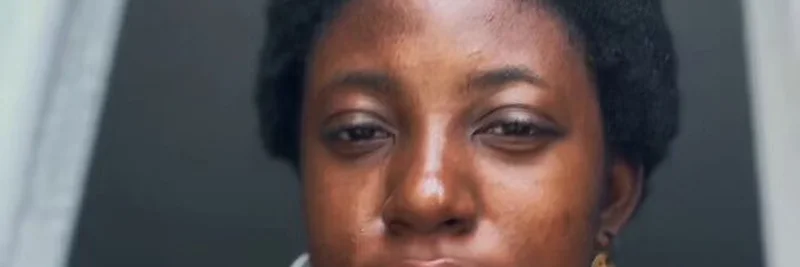In the ever-evolving world of digital technology, Web3 is making waves, particularly for creative professionals like photographers. A recent tweet by Iamorionis.base.eth highlights the potential of Web3 tools for photographers, especially those new to the space. This article dives into the insights shared in the tweet and explores how platforms like Zora can revolutionize the way photographers work and connect with their audience.
Understanding Web3 for Photographers
Web3, often referred to as the decentralized web, leverages blockchain technology to create a more open, transparent, and user-controlled internet. For photographers, this means new opportunities to own their work, engage with their community, and monetize their art in innovative ways. The tweet emphasizes the importance of not forgetting your creative community, which is a cornerstone of Web3's philosophy.
Key Takeaways from the Tweet
The video shared in the tweet, which runs for 140.37 seconds, provides a glimpse into the world of Web3 tools for photographers. Here are some key points:
- Community Support: The video stresses the importance of a supportive community that values creativity. This is crucial in Web3, where decentralized networks thrive on collaboration and shared ownership.
- Onboarding Tools: For photographers new to Web3, the video serves as an onboarding tool, helping them navigate the complexities of decentralized platforms.
- Zora and Beyond: The mention of Zora, a Web3 social platform, indicates a shift towards tools that allow photographers to mint and trade their work as tokens on the blockchain.
Exploring Zora: A Game-Changer for Photographers
Zora is a prime example of how Web3 is transforming the creative industry. Originally starting as an NFT marketplace on Ethereum, Zora has evolved into a social platform where content creation involves minting tokens directly on the blockchain. This shift allows photographers to:
- Monetize Their Work: Every social post on Zora can be turned into a tradable token, enabling photographers to earn from trades.
- Engage with the Community: The platform's DAO (Decentralized Autonomous Organization) structure ensures that the community has a say in its development, fostering a sense of ownership and participation.
- Reduce Costs: Zora's integration with Base, an Ethereum Layer 2 solution, lowers transaction fees, making micro-transactions feasible and opening up new revenue streams.
How Zora Works
Zora's functionality is built around the idea of permissionless upgrades and modularity. This means developers can create new apps and experiences on the platform, enhancing its utility for photographers. The network supports interoperability across Ethereum, Base, and its native L2, ensuring that photographers can reach a broader audience without being limited by high costs.
Other Web3 Tools for Photographers
While Zora is a standout, it's not the only tool available. The tweet mentions the broader ecosystem of Web3 tools that can benefit photographers:
- Paragraph: A decentralized alternative to platforms like Substack, allowing photographers to publish and monetize their content directly.
- Bello: An on-chain analytics tool that helps creators understand their audience better, similar to traditional analytics platforms but with the added benefit of blockchain transparency.
- Daylight and Manifold: Marketplaces and minting platforms that facilitate the creation and distribution of digital art, providing photographers with custom sites and contracts.
These tools collectively form a robust toolkit for photographers looking to thrive in the Web3 space. They offer a way to own data generated on-chain and make it more useful for building deeper connections with fans.
The Future of Photography in Web3
The tweet's call to action—repost, bookmark, and share the video—underscores the importance of community in driving adoption. For photographers, Web3 represents a future where they can:
- Own Their Work: No longer reliant on third-party platforms, photographers can maintain control over their digital assets.
- Engage Directly with Fans: Decentralized platforms facilitate direct interaction, bypassing traditional intermediaries.
- Explore New Revenue Streams: From token sales to community governance, Web3 opens up multiple avenues for monetization.
As the tweet suggests, staying "based" in Web3 means embracing these tools and the community that supports them. It's a journey of discovery, where each day brings new insights and opportunities for creative professionals.
Conclusion
The tweet by Iamorionis.base.eth is more than just a video; it's a gateway to understanding how Web3 can empower photographers. Platforms like Zora, along with other on-chain tools, are reshaping the landscape of digital art and photography. By leveraging these technologies, photographers can not only protect their work but also thrive in a decentralized, community-driven ecosystem.
For those interested in diving deeper, the video and the accompanying thread provide a starting point. Whether you're a seasoned Web3 enthusiast or a photographer new to the space, the message is clear: the future of creativity is on-chain, and it's waiting for you to explore.



